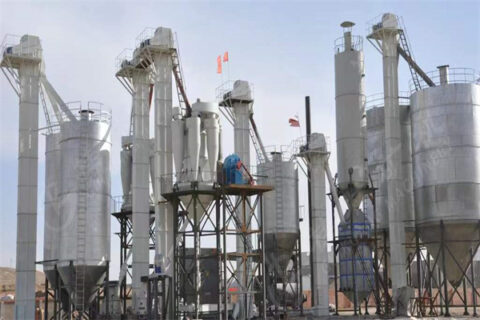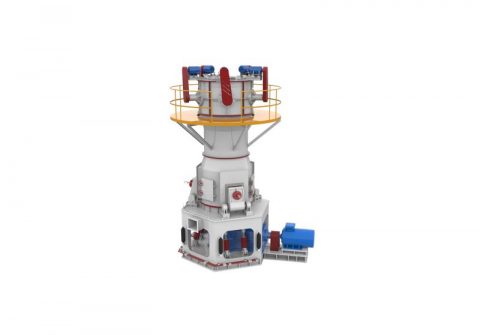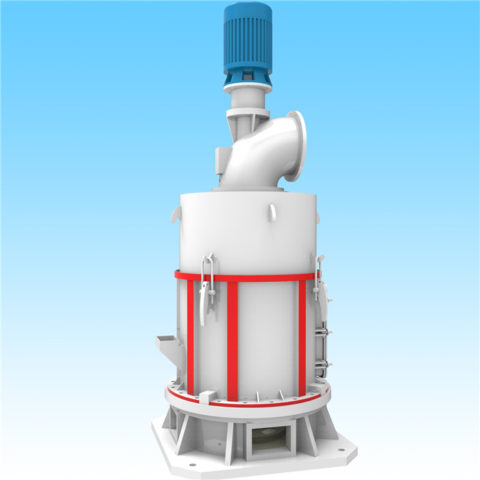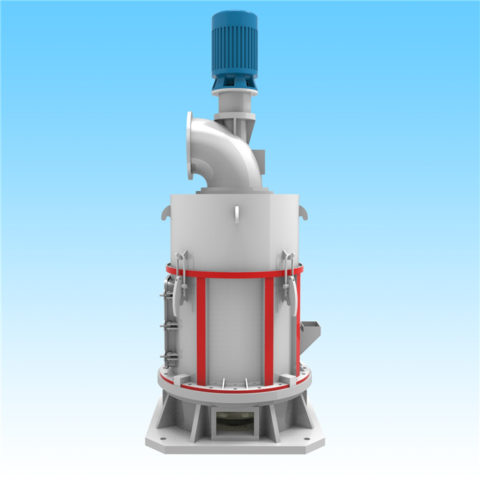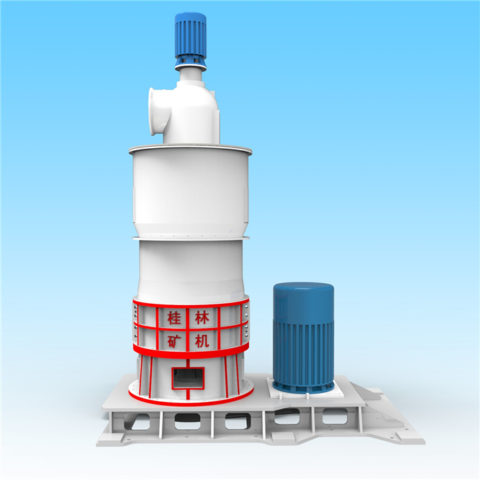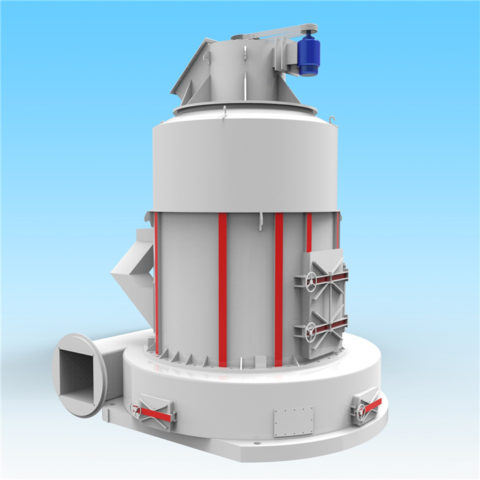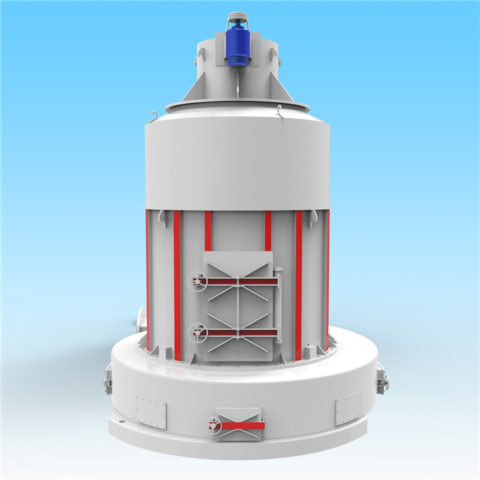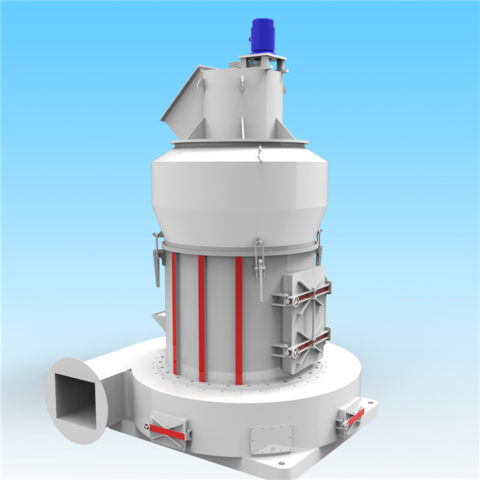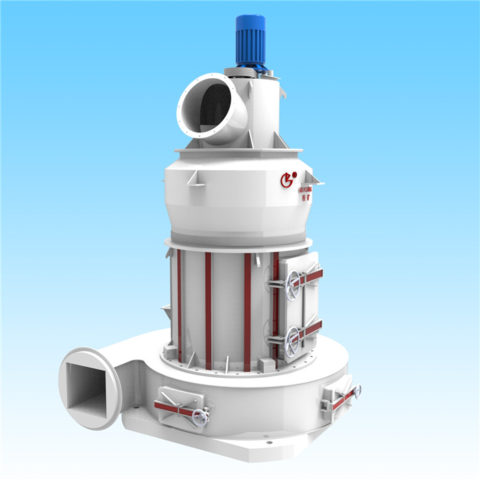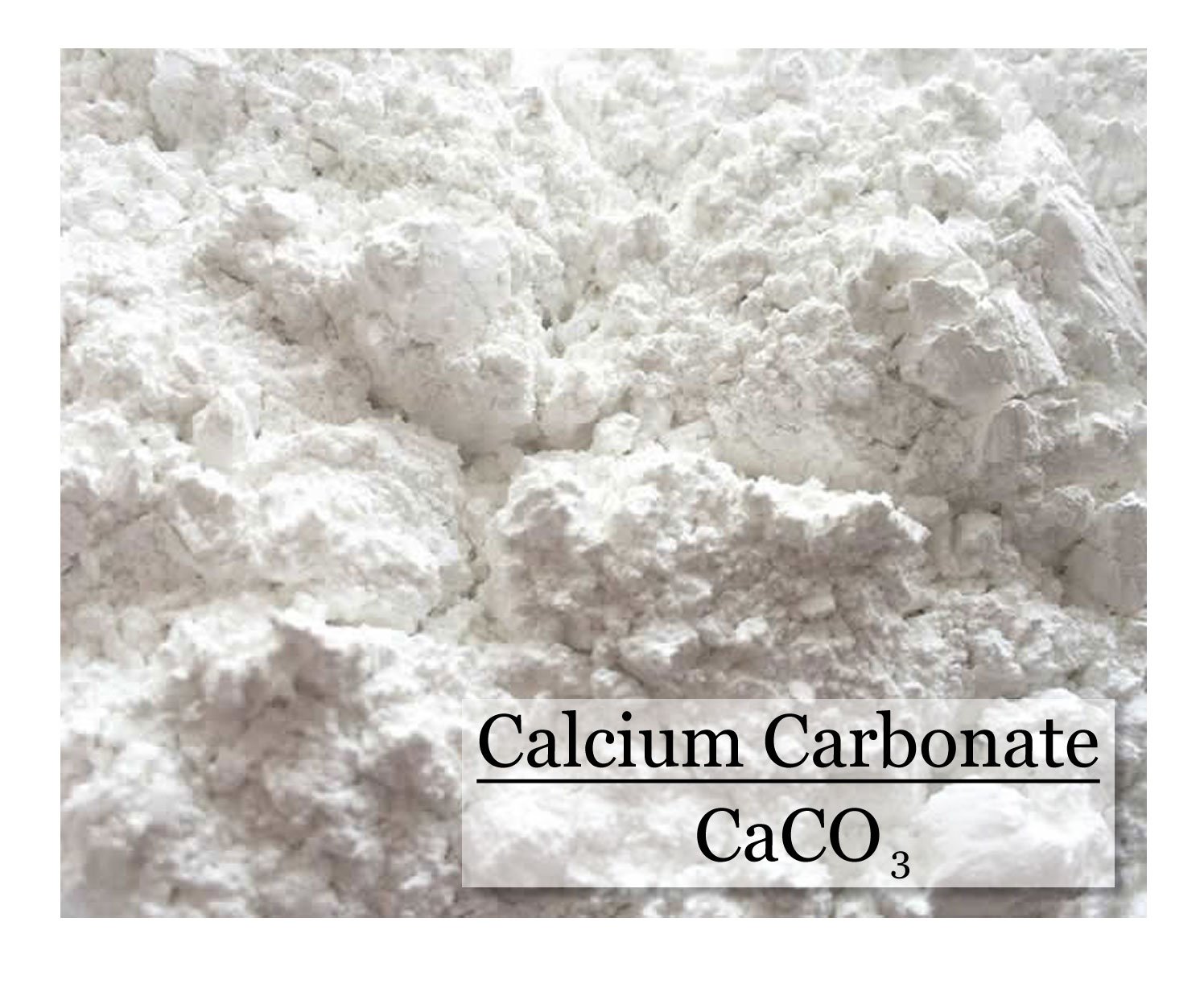
Oil Absorption Value
The oil absorption value represents an index of the amount of filler absorbed by the resin. In practical applications, calcium carbonate uses oil absorption as an indicator to predict its demand for resin. As the oil absorption value increases, the viscosity of the resin increases, which will change the rheological properties of the plastic. The amount of calcium carbonate with a lower oil absorption value in the resin can be increased than that of a larger oil absorption value.
Particle Size And Distribution
The expression of the particle size and distribution of powder particles is different. Before there is a unified naming method, the plastic industry is accustomed to using the mesh, that is, the particle size of the filler is generally expressed by the sieving rate through the equivalent mesh. The size of the particle size has a certain relationship with the oil absorption value. The particle size is small, the specific surface area is large, and the oil absorption value is also large. The viscosity of the material system for a given amount of use increases, so the addition amount at this time should be less, such as light calcium. The particle size distribution is wide, and the large and small particles are interspersed and embedded, so that the calcium carbonate particles are arranged relatively tightly. At this time, only the minimum amount of resin can fill the gaps between the particles.
Specific Surface Area
The specific surface area is the area of calcium carbonate per unit mass. Its size is directly related to the affinity between calcium carbonate and resin, calcium carbonate surface activation treatment and cost.
Surface Free Energy
The surface free energy of calcium carbonate particles is related to the dispersion of calcium carbonate in the resin. When the specific surface area is constant, the greater the surface free energy, the easier the particles are to agglomerate, which affects the dispersion effect.
Density
The density of the filler is related to the packing state of the particles. The volume of light calcium is greater than that of heavy calcium, so the apparent density of light calcium is less than that of heavy calcium. It is not that light calcium is “light” and heavy calcium is “heavy”, because these two powders The size of the body particles is not much different.

